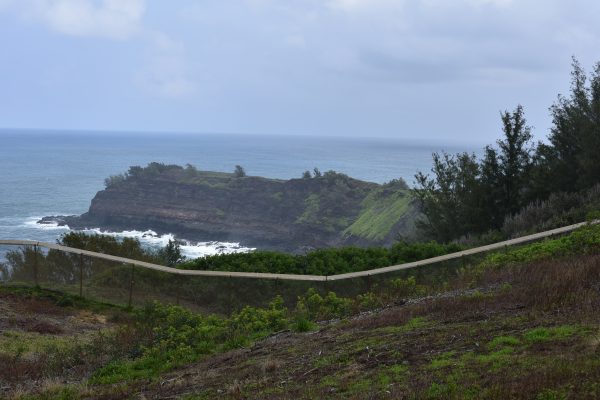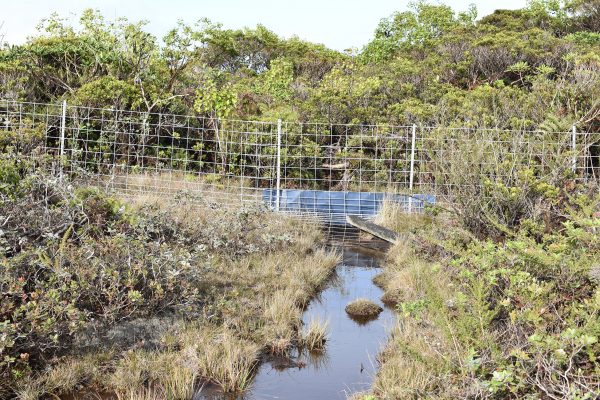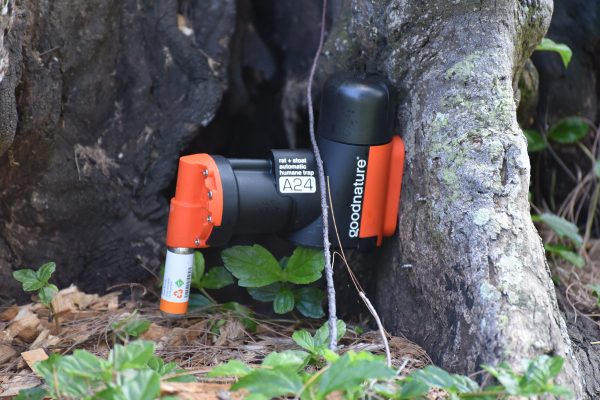Two Auburn University researchers were part of a team that studied Hawaii’s invasive species and uncovered significant findings that reach far beyond the island state.
The paper, “Hawaii as a Microcosm: Advancing the Science and Practice of Managing Introduced and Invasive Species,” was recently published in the journal, BioScience.
Wildlife Biology and Conservation Professor Christopher Lepczyk and Assistant Research Professor Jean Fantle-Lepczyk, both from Auburn’s School of Forestry and Wildlife Sciences, examined the non-native species of Hawaii, which has the nation’s highest number of invasives, a dubious distinction that has earned the state a nickname: the invasive species capital of the world.
Lepczyk said the examination of invasive species is especially noteworthy as they are considered a leading driver of global change. Though the researchers focused their study on Hawaii, the information they gathered will have far-reaching consequences.
“One of the main benefits of this paper is to show that managing invasive species is not a hopeless task,” Lepczyk said. “We used Hawaii as a model system to show that there are a variety of approaches that we have currently, or are in the pipeline, that can be employed to successfully slow down, or sometimes stop, invasive species.”
Another scientist on the team, Aaron Shiels, a research biologist for the National Wildlife Research Center’s Rodent Project, reiterated Hawaii’s status as a hotspot for invasive species research and methods development.
“Invasive species, by definition, are non-native species that spread rapidly and cause ecological and economic harm,” Shiels said, citing Hawaii’s enormous annual economic losses, agricultural damage and threats to the survival of native and endangered species—some of which are the last to exist on the planet.
He added that these invaders can spread disease to people; some can even endanger the safety of air travelers by causing airplane collisions.
“Our paper highlights some of the major research and management successes, as well as many of the failures,” Shiels said. “Numerous tools, techniques, devices and methods have been tested in Hawaii, and many others are currently being tested or will be soon.”
Some of these include ungulate- and predator-proof fencing, self-resetting traps, chemical pesticides applied by hand or from helicopter, biocontrol and hunting programs.
Jean Fantle-Lepczyk said the study aimed to highlight the measures that have proved effective in Hawaii, as well as those that have not, to provide insight to invasive species management in other areas.
“Since island ecosystems are often more severely impacted by invasives than other areas, it was our hope that what’s been done in Hawaii can serve as a guide to others trying to manage invasive species both on islands and continents,” she said.
School of Forestry and Wildlife Sciences Dean Janaki Alavalapati said this research is likely to have a significant widespread impact.
“The progress that Dr. Lepczyk, Dr. Fantle-Lepczyk and their team have made in Hawaii, with its vast number of invasive species, could provide far-reaching solutions to a growing challenge that is found worldwide,” Alavalapati said.
In addition to Lepczyk, Fantle-Lepczyk and Shiels, the team included scientists Liba Pejchar—the lead researcher—Steven C. Hess, M. Tracy Johnson, Christina R. Leopold, Michael Marchetti and Katherine M. McClure.
All agreed that there is no single tool that will fix the region’s problem with invasive species—and in turn, other regions facing this challenge—and that finding solutions will be an ongoing, trial-and-error process. But not a futile one.
“The management and policy approaches being used in Hawaii are at the leading edge of conservation in the U.S.,” Lepczyk said. “Hence, our goal and hope is that the work can demonstrate how to manage invasive species throughout the rest of the nation, and world, before ecosystems are as degraded as they are in Hawaii.”
(Written by Teri Greene)












